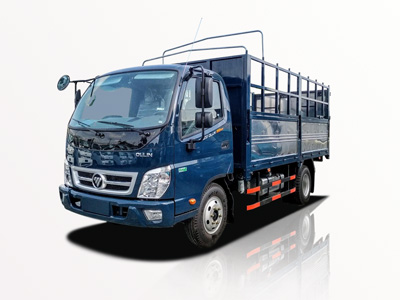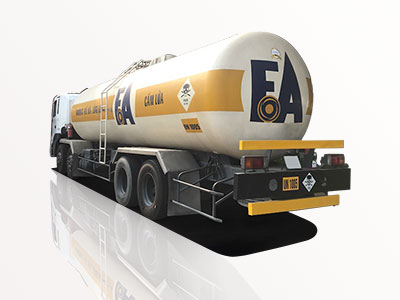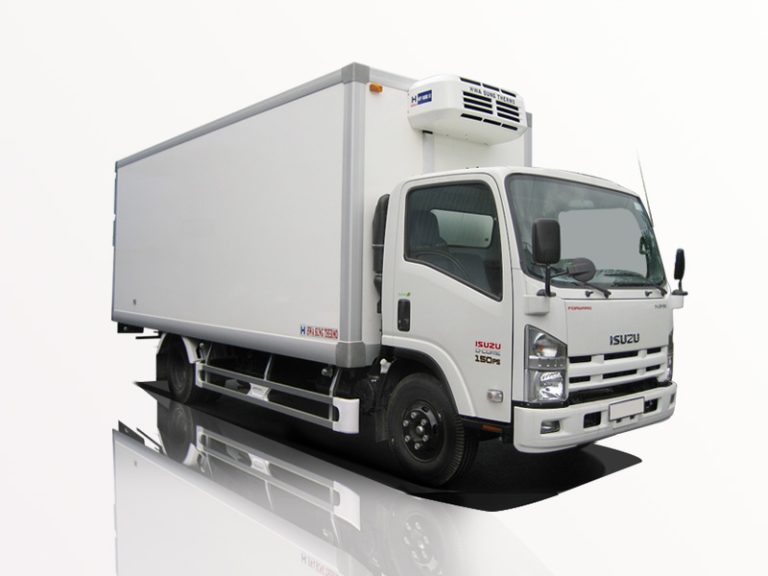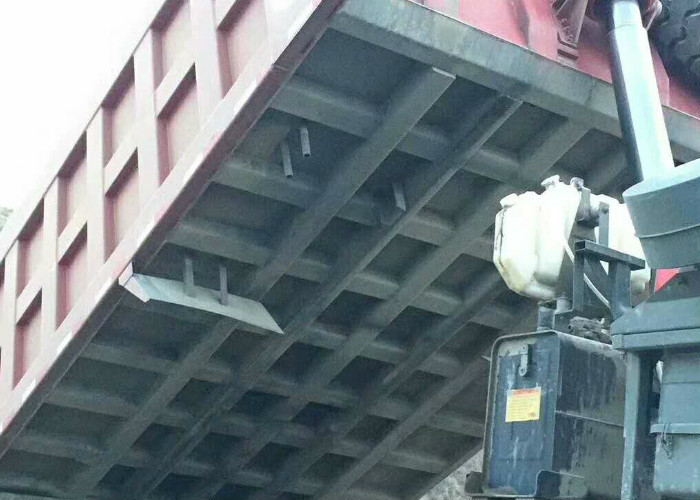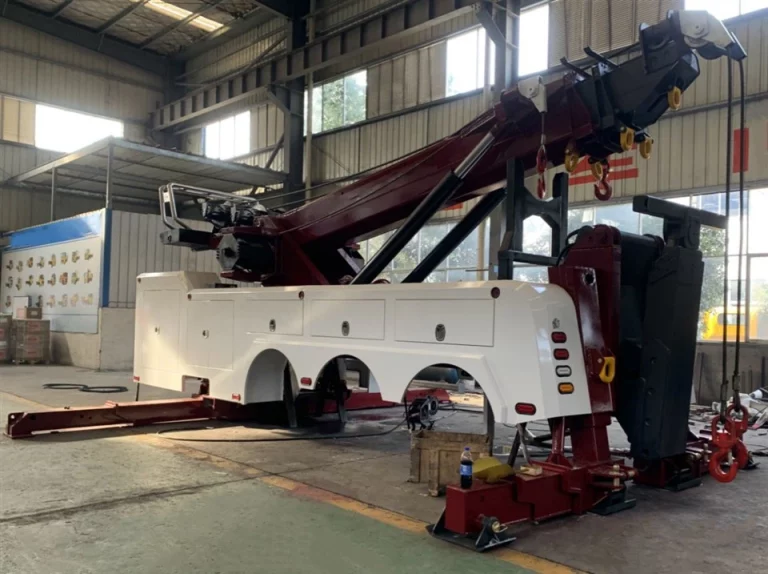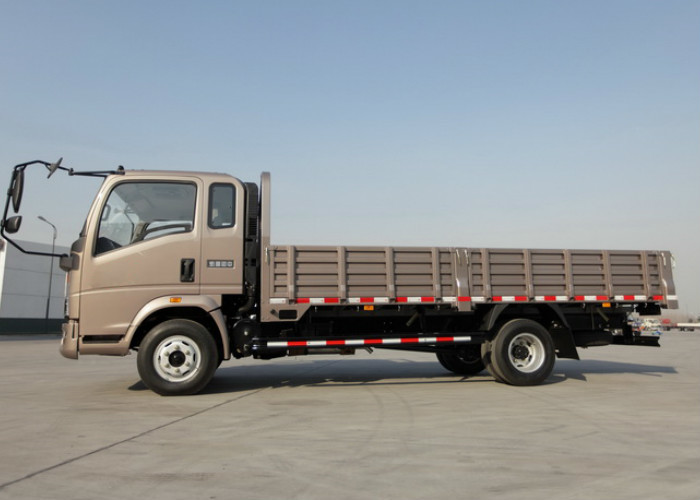Tire rotation is a crucial maintenance practice that enhances the longevity and safety of your trailer. Whether you use your trailer for camping, towing, or transporting goods, maintaining its tires is vital for optimal performance. In this comprehensive guide, we will explore everything you need to know about trailer tire rotation, including techniques, tips, and the reasons why this practice should not be overlooked.
Understanding Trailer Tires
Before delving into tire rotation, it’s essential to understand the types of trailer tires and their specific characteristics.
Types of Trailer Tires
- Bias Ply Tires: Known for their durability and flexibility, these tires are often used for lighter trailers.
- Radial Tires: These provide better traction and fuel efficiency, making them ideal for heavy-duty trailers.
- Specialty Tires: Designed for specific applications, such as off-road, these tires offer unique features to suit different terrains.
Why Tire Maintenance is Important
Proper tire maintenance, including rotation, can lead to:
- Increased Lifespan: Regular rotation helps ensure even wear and prolongs tire life.
- Enhanced Safety: Maintaining tread depth and optimizing contact with the road reduces the risk of blowouts and accidents.
- Improved Performance: Well-maintained tires contribute to better traction, handling, and fuel efficiency.
What is Trailer Tire Rotation?
Definition
Trailer tire rotation involves changing the position of the tires on the trailer to ensure even wear across all tires. This process is essential for maximizing performance and extending the lifespan of your tires.
How Often Should You Rotate Trailer Tires?
The frequency of tire rotation depends on various factors, including:
- Tire Type: Different tire constructions may require different rotation intervals.
- Usage: Trailers used frequently or for heavy loads may need rotation every 3,000 to 5,000 miles.
- Manufacturer Recommendations: Always consult the manufacturer’s guidelines for specific rotation intervals.
Steps to Rotate Your Trailer Tires
Below is a step-by-step guide on how to properly rotate your trailer tires.
Tools Needed
- Jack
- Jack stands
- Tire iron
- Tire pressure gauge
- Chalk or markers for labeling tires
Procedure
- Preparation: Park the trailer on a flat surface and engage the parking brake. Use chalk to mark the position of each tire and note their original placement.
- Jack Up the Trailer: Use the jack to lift the trailer and secure it with jack stands.
- Remove the Tires: Use the tire iron to loosen and remove the lug nuts from each wheel. Keep the nuts organized for each tire.
- Rotate the Tires: Move each tire to its new position according to your chosen rotation pattern. A common pattern is the crisscross method for tandem axle trailers.
- Reattach Lug Nuts: Hand-tighten the lug nuts before lowering the trailer back to the ground. Once on the ground, use the tire iron to ensure they are fully secured.
- Check Tire Pressure: After rotation, check the tire pressure and adjust it according to the manufacturer’s specifications.
Tire Rotation Patterns
Here are some common tire rotation patterns for trailers:
| Rotation Pattern | Description |
|---|---|
| Crisscross | Front tires move to opposite rear positions, and rear tires move to the front. |
| Forward Cross | Front tires move straight back while rear tires cross to the front. |
| Side-to-Side | Used for trailers with the same size tires on both sides, tires are swapped side-to-side. |
Signs Your Trailer Tires Need Rotation
Monitoring your tires is crucial in determining when to rotate them. Here are some signs that your trailer tires may need rotation:
- Uneven Wear: Inspect the tread for signs of uneven wear patterns, which indicate the need for rotation.
- Popping or Humming Noises: Unusual sounds while towing may suggest improper tire wear.
- Visual Inspection: Look for bulges, cracks, or other damage on the tire surface.
Common Mistakes to Avoid When Rotating Trailer Tires
To ensure a successful tire rotation, avoid these common mistakes:
- Neglecting to check the tire pressure before and after rotation.
- Failing to use a torque wrench to secure lug nuts properly.
- Not following the manufacturer’s recommended rotation pattern.
The Importance of Wheel Alignment
After rotating tires, it’s crucial to consider wheel alignment. Misalignment can lead to uneven tire wear and affect the handling of your trailer.
Signs of Poor Wheel Alignment
- Trailer pulls to one side
- Tires show uneven tread wear
- Steering feels loose or unresponsive
How to Have Your Trailer Aligned
To achieve proper wheel alignment, consult a professional mechanic who specializes in trailers. They will use specialized equipment to adjust the angles of the wheels according to the manufacturer’s specifications.
Maintaining Proper Tire Pressure
Proper tire pressure is crucial for safety and performance. Both under-inflated and over-inflated tires can lead to accidents.
Checking Tire Pressure
- Use a tire pressure gauge to measure the pressure when the tires are cold.
- Compare the reading with the manufacturer’s recommended pressure.
- Adjust the pressure as necessary using an air compressor.
Benefits of Proper Tire Pressure
- Improved fuel efficiency
- Extended tire life
- Enhanced safety through better traction and control
Frequently Asked Questions (FAQ)
1. How often should I rotate my trailer tires?
Your trailer tires should typically be rotated every 3,000 to 5,000 miles, depending on usage and manufacturer recommendations.
2. Can I rotate trailer tires myself?
Yes, you can rotate your trailer tires yourself using basic tools and following the proper procedures outlined in this guide.
3. What happens if I don’t rotate my trailer tires?
Neglecting tire rotation leads to uneven tire wear, reduced traction, potential blowouts, and shorter tire lifespan.
4. How do I know if my tires need to be replaced?
Inspect tires for visible damage, reduced tread depth, or signs of uneven wear and consider replacing them if these conditions are present.
5. What’s the best way to store trailer tires when not in use?
Store trailer tires in a cool, dry place away from direct sunlight, and place them on platforms rather than directly on the ground to prevent flat spots.
6. Is it necessary to have my trailer tires balanced?
Yes, having your trailer tires balanced is important for ensuring smooth towing and preventing uneven wear.
